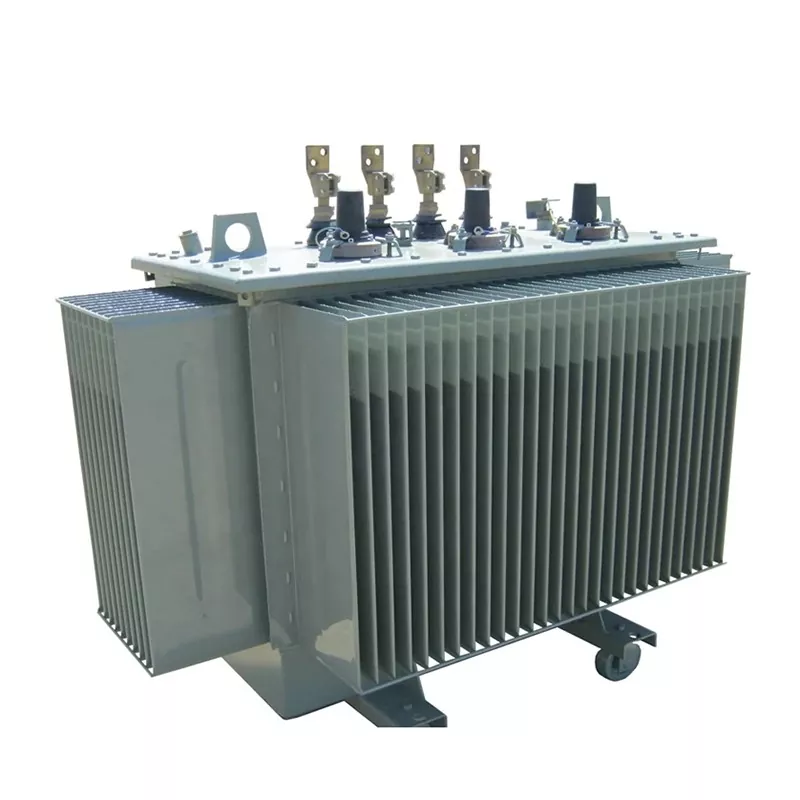Understanding the Basics of Power Transformers
2025-02-28
Power transformers are an essential component in electrical power systems, playing a crucial role in voltage regulation and energy transmission. These devices enable efficient electricity distribution from power plants to homes and businesses by adjusting voltage levels as needed.
What is a Power Transformer?
A power transformer is a static electrical device that transfers electrical energy between two or more circuits through electromagnetic induction. It operates based on Faraday’s Law of Induction and consists of primary and secondary windings wrapped around a magnetic core.

Key Functions of Power Transformers
- Voltage Regulation: Power transformers step up (increase) or step down (decrease) voltage levels for efficient power transmission.
- Energy Efficiency: By minimizing power losses during transmission, transformers enhance overall energy efficiency.
- Electrical Isolation: They provide electrical isolation between different circuits, ensuring safety and system protection.
Types of Power Transformers
1. Step-Up Transformers: Increase voltage for long-distance transmission.
2. Step-Down Transformers: Reduce voltage for safe consumer use.
3. Distribution Transformers: Deliver electricity to end users at appropriate voltage levels.
4. Autotransformers: Use a single winding for voltage conversion, making them more compact.
Importance in Power Systems
Power transformers are critical for ensuring that electricity is transmitted efficiently with minimal loss. Their reliability and performance directly impact the stability of power grids worldwide.


